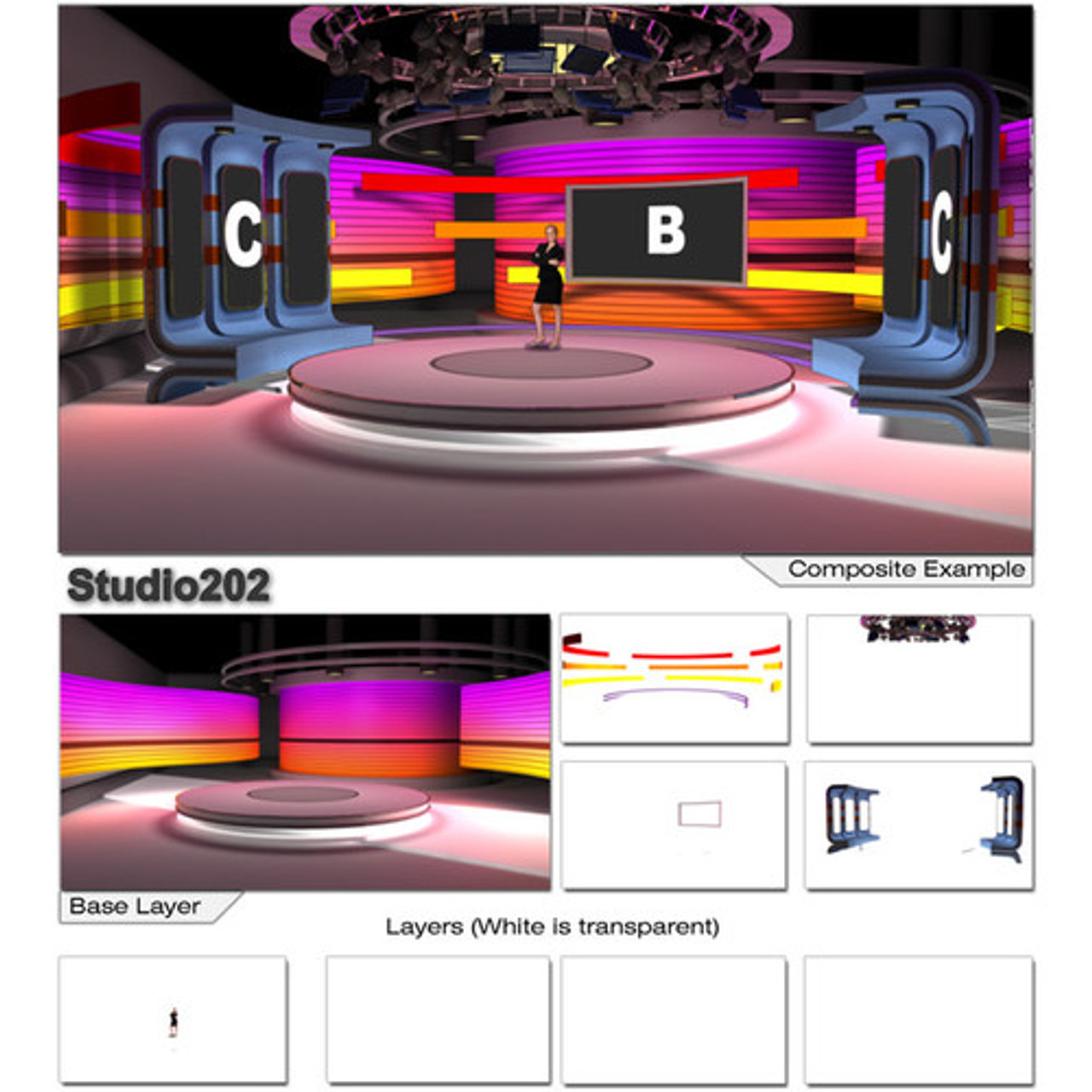Descarga aqui.SUSCRIBETE es GRATIS →: https://ww.

Virtual Audio Cable (VAC) is an audio bridge between applications that transmits sounds (audio streams) from app to app, from device to device.
- Simply copy each virtual set into your vMix ‘Virtual Sets’ folder. Then load the virtual set straight from within vMix itself (‘Add Input’ ‘Virtual Set’). Click the thumbnail to load and you’re ready to go! If you need a little more help – we’ve made a short video tutorial here: How do I get my virtual set into vMix?
- Simply copy each virtual set into your vMix ‘Virtual Sets’ folder. Then load the virtual set straight from within vMix itself (‘Add Input’ ‘Virtual Set’). Click the thumbnail to load and you’re ready to go! If you need a little more help – we’ve made a short video tutorial here: How do I get my virtual set into vMix?
VAC creates a set of virtual audio devices. Each device simulates an audio adapter (card) whose output is internally connected to the input, making a loopback. If an application plays audio to the output, the sound will not be audible because the signal is looped back to the input. But if another application records from the input, it receives the sound produced by the first app.
Such virtual devices are named Virtual Cables. The 'Virtual Cable' term is used only in VAC description, as a placeholder. Actual device/endpoint names that you will see in applications' windows, are different (for example, 'Line 1', 'Line 2' etc.).
Each side of any Virtual Cable can be used by several apps at the same time. Sounds directed to the same playback endpoint are mixed. From the recording endpoint, each app gets its own copy of the sound.
VAC delivers audio signals completely inside the computer. No audio hardware is required. There is no quality loss (if no format conversion and/or volume control are involved). If all required conditions are met, audio transfer is bitperfect, suitable for audiophile applications. In well-tuned systems, signal latency is very low.
To transfer/route audio signals from an endpoint (device) to another, VAC offers Audio Repeater application.
Warning: in the Internet, there are several other products using the 'Virtual Audio Cable' name. Some of them just use this name for promotional purposes, but some others are completely fake and contain malware. If you decide to try them, don't forget to check their sites/binaries with anti-malware software/services.

Applicability
Use VAC with the following audio applications and application classes:

- Internet Telephony/VoIP/SIP/voice messengers (Skype, Discord, Ventrilo, MicroSIP).
- Live mixing/DJ (vMix, Mixxx, VirtualDJ, VoiceMeeter Banana/Potato).
- Live broadcasting (Open Broadcaster/OBS Studio, WireCast, VidBlasterX. SAM Broadcaster).
- Speech synthesis/recognition (Google Text-to-Speech/Speech-to-Text, Dragon Naturally Speaking).
- Software synthesizers and studio/DAW (Ableton, Acid, AudioMulch, Band-in-a-Box, Bidule, Cakewalk/Sonar, Cubase, FL Studio, GarageBand, Logic, MiniMoog, n-Track, Nuendo, Reaktor, REAPER, Reason, Samplitude, Traktor, Vegas).
- Audio editors/recorders (Audacity, Adobe Audition, GoldWave, WaveLab, Sound Forge).
- Virtual Machines (VMware Player/Workstation, VirtualBox, Hyper-V).
- Amateur and software-defined radio (Flex Radio, PowerSDR, HAM Radio Deluxe, HamSphere, HDSDR, Fldigi, SDR-Radio, WSJT-X, JTDX).
- Audio application development - watch the application's audio operations, check audio data played, supply with specific data to be recorded etc.
Compatibility
VAC works in Windows XP, Vista, 7, 8, 8.1 and 10.
No obsessive activity
Vmix Virtual Input


Virtual Backgrounds For Vmix
VAC just performs things what it is intended for: passes audio streams between applications, converting audio formats if necessary. It never guides you to advertising pages, nor pops up busily on the screen, nor installs hidden activities in your system. VAC does only actions that you explicitly demand for.
Vmix Create Virtual Input
Older versions
Vmix Virtual Set Tutorial
VAC 4 works only under Windows versions starting from XP (5.1). For support of older Windows releases, please visit VAC 3 page.